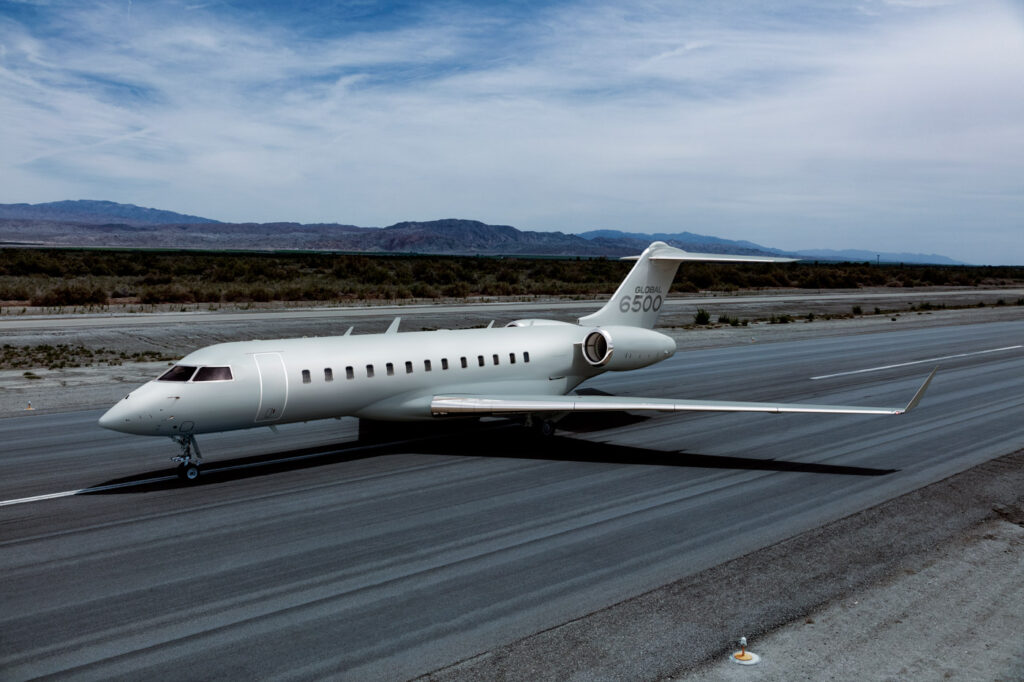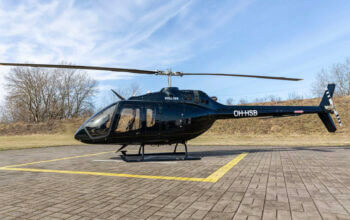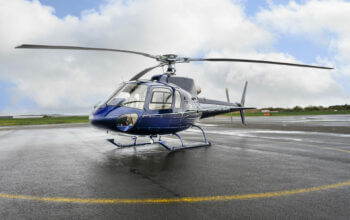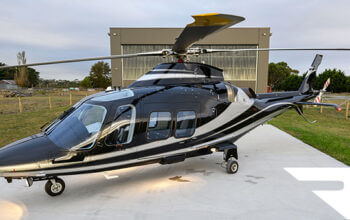Estimated reading time 6 minutes, 5 seconds.
Bombardier’s president and CEO, Éric Martel, released a statement in late December 2022 expressing concern over reports that Canada is considering awarding a sole-source contract to U.S. aerospace giant Boeing for the Canadian Multi-Mission Aircraft (CMMA) project.
The project, which could be worth more than $5 billion, is designed to replace the Royal Canadian Air Force’s (RCAF’s) fleet of 14 CP-140 Auroras — which entered service in 1980 as maritime patrol aircraft — with a new platform capable of anti-submarine warfare, surveillance, and reconnaissance.

The Canadian government issued a request for information (RFI) in February 2022, on behalf of the RCAF, seeking input on how best to develop the CMMA requirements. Boeing was the first to respond to the RFI, and later proposed its P-8 Poseidon multi-mission aircraft — which shares 86 percent commonality with the OEM’s 737 NG aircraft. Boeing believes the P-8 already meets all 13 high-level mandatory requirements spelled out in the RFI.
The estimated timeline for the CMMA project would see definition in 2023/24, implementation in 2027/28, and first delivery in 2032/33. However, Boeing warned Canada in late 2022 that it may consider shutting down its U.S.-based P-8 production line by 2025 if it does not receive additional orders for the aircraft.
On Dec. 14, the Ottawa Citizen reported that Canada’s Defence Minister Anita Anand began considering whether to push forward a proposal from Boeing for eight to 12 Poseidon aircraft for the CMMA role. The report indicates that affordability is among the factors being considered.
Roughly one week later, Bombardier’s Martel said he wanted to “publicly share” his “concern that Canada . . . may be considering awarding a sole-source contract directly to Boeing.”
Martel noted that if a CMMA tender were to be open to “diverse proposals,” it would offer Canada the opportunity to “rethink its surveillance capabilities.”
He emphasized that “a Canadian-built option should, and must, be considered on equal footing with those of foreign companies who have, in the past, directly attacked our home-grown aircraft programs.”
Bombardier is confident that its Global 6500 aircraft is the right aircraft to fulfill Canada’s requirements, thanks to its “longer range offering, endurance, and proven reliability.”
The OEM markets the Global 6500 as a multi-role aircraft, capable of maritime surveillance, ISR, search-and-rescue, medevac, and other operations. Martel noted the fact that the Global aircraft family has “established an excellent track record,” having already been selected by the U.S., U.K., Germany, Sweden, and other countries to serve various roles.
In 2022, Bombardier delivered Global series aircraft to a number of governments, armed forces and special mission integrators “for a variety of surveillance and other missions,” added Martel.
He also highlighted the fact that the Global 6500 boasts lower operating costs and a lower carbon footprint, thanks to its next-generation engines and aerodynamic profile.
“Canada has the skills, the industrial footprint, and the technological capabilities to succeed in this sphere and become more than an exporter of technology,” concluded Martel. “This is the ultimate opportunity for . . . a Canadian-built aircraft to defend our borders and support our allies.”
With the first week of 2023 nearly behind us, further developments regarding Boeing’s CMMA proposal remain to be seen.
The OEM announced last June that it is teaming up with several Canadian companies — including CAE, GE Aviation Canada, IMP Aerospace & Defence, KF Aerospace, Honeywell Aerospace Canada, and Raytheon Canada — in an effort to strengthen any future Poseidon bids for the CMMA project.
Bombardier, on the other hand, is touting its “more than 10,000 talented employees in Ontario and Quebec . . . its growing Defense team, [and] its skilled partners, [who] would be proud to put forward a made-in-Canada solution to compete in a CMMA tender, should Canada give us the opportunity to do so.”
As for the CP-140 Aurora, the aircraft is set to retire in 2030. Canada recently wrapped up a decade-long Aurora structural life extension project that extended the operational life of the fleet to the 2030 timeframe, and is nearing the end of a more than 20-year, multi-block modernization project that will add beyond-line-of-sight satellite communications and link 16 datalink to the fleet.









I suspect that Boeing, (let’s not forget the Bombardier C Series – Boeing dispute) knowing full well that Bombardier has the effective and real ability to configure a 6500 or a 7500 for that matter, into a competitive bid for this contract, preemptively, if there is any truth to their line shut down assertions .. advised Minister Anand that their P-8 production line is on the verge of shutting down if Canada doesn’t soon step up… Just saying. I think a full, fair and transparent bidding process needs to take place for this contact. My concerns is Boeings ability to service this contract for parts and services decades down the road when their P-8 line eventually does close permanently.
Thank you Brian. I agree with your comments. I strongly agree that a full, fair and transparent bidding process needs to take place for this contract.
Boeing parts won’t be a problem. Pushing manufacturing to Quebec is. Is it not (Bombardier ) foreign-owned? Sole source contracts are Ok, especially considering how long it takes Canada to buy something. Mainly due to finding work for Quebec base industries. Regards
Bombardier is a Canadian company, still.
The Liberals criticized the Harper government re the single sourced f35 contract . Is it not fair to demand an open competition especially if a Canadian company consortium can offer a similar product. Awarding this contract might also help strengthen our aero industry and our defence industry by having a proven option to put on the world market.
A few years ago we turned down a “made in Canada” solution for the new fixed wing SAR aircraft that came from Viking Air–a new version of the Buffalo (much as it had done with its series 400 of the Twin Otter). Instead we traded a proven system for the new Kingfisher which has turned out to be a real pig that we may never be able to bring into full operational capability.
We need a full, fair, open bidding process that at least allows Bombardier to put forward its proposal. If it falls short, so be it…..but don’t dismiss it out of hand.
Full & Fair? With Industrial Benefits weighing in at 125%, how much more “fair” can Canada become? Interoperability with US/Australia/UK seems
“kinda sorta important.”
The Bombardier option can be made to be interoperable.
As much as I like Bombardier, they just want to sell planes and have someone else modify them for their purpose. There is just too much R&D to modify and certify a 6500 or 7500 with a weapons bay and wing pylons for a 2000 lbs class weapon. Canada doesn’t need another orphan aircraft. It needs interoperability with our allies. Do you really want to do this for 10 or 12 planes. Really! The P8 under an FMS is the only Military off the self solution. SAAB already offered the Bombardier/SAAB Swordfish. It didn’t make the cut. If you wanted a Canadian solution, you have started 10 to 15 years ago because that is how long it takes to develop a new weapon system.
Still, why not let them make the case? If they cannot, fine but to not even allow them to compete seems wrong.